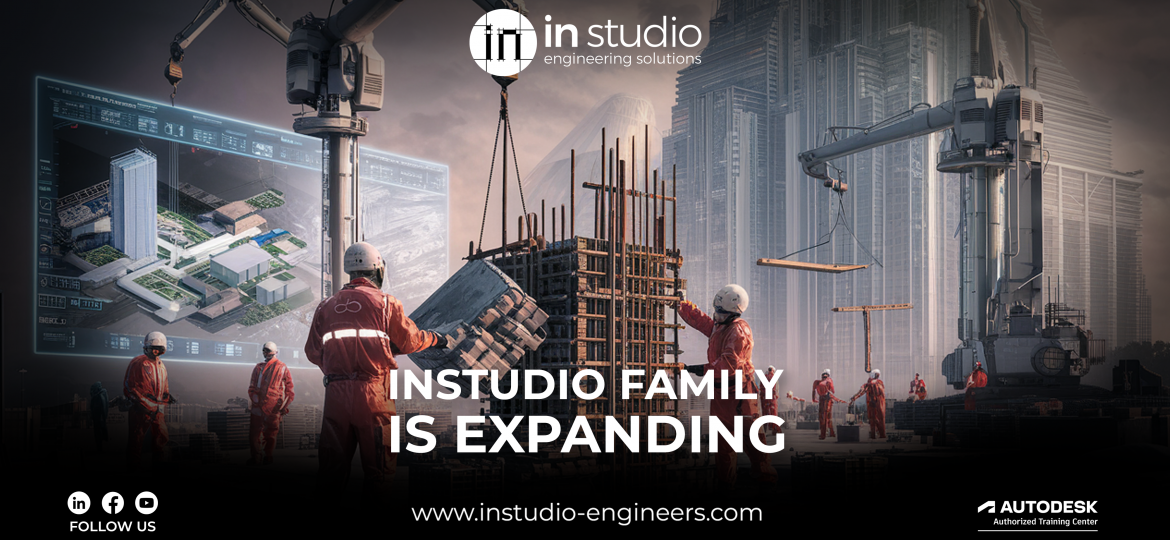
The construction industry, traditionally known for its cautious approach to technological advancements, is experiencing a digital renaissance. At the forefront of this revolution lies Building Information Modeling (BIM), a collaborative 3D modeling process that streamlines communication and optimizes project outcomes. However, BIM is poised for even greater heights with the integration of Artificial Intelligence (AI).
Building Information Modeling: A Cornerstone of Modern Construction
BIM has fundamentally transformed the design, construction, and management of buildings. Imagine a central digital repository that houses everything from architectural plans to engineering specifications. Stakeholders – architects, engineers, and contractors – collaborate in real-time within this platform, fostering transparency and minimizing errors. This translates to faster project completion times, reduced costs, and demonstrably improved overall project quality.
AI: The Catalyst for Enhanced BIM
The transformative power of AI lies in its ability to analyze vast datasets, identify patterns, and make predictions with remarkable accuracy. This translates into several superpowers for BIM:
- Supercharged Efficiency: AI can meticulously analyze BIM models, identify potential clashes between design elements, and propose solutions in real-time. This eliminates rework and streamlines workflows, resulting in significant time and cost savings.
- Eagle-Eyed Accuracy: AI algorithms can meticulously analyze data, leading to more precise predictions and BIM modeling. This translates to fewer errors and superior decision-making throughout the construction lifecycle.
- Proactive Problem-Solving: AI boasts the ability to predict potential issues before they arise. Imagine identifying a structural weakness in the design phase, saving significant time and resources compared to rectifying the issue on-site.
- Enhanced Collaboration: AI can function as a real-time feedback loop, providing valuable insights and suggestions that elevate communication and collaboration amongst project stakeholders.
- Sustainable Construction Practices: By optimizing designs and material selection, AI-powered BIM can promote sustainable construction practices, minimizing the environmental impact of building projects.
Challenges and the Road Ahead
While the future appears bright, there are hurdles to navigate. Data quality is paramount – the effectiveness of AI hinges on the quality of the data it ingests. Additionally, ensuring robust data privacy, security, and mitigating potential biases within AI decision-making processes require careful consideration.
However, the construction industry is actively developing solutions, such as improved data governance frameworks and transparent AI algorithms. As AI technology continues to evolve, these challenges will be overcome, paving the way for a future where BIM, empowered by AI, revolutionizes construction.
The Future of Construction: Intelligent, Collaborative, and Sustainable
The future of construction is one that is intelligent, collaborative, and sustainable. By embracing AI-powered BIM, construction companies can build faster, smarter, and greener. We stand at the precipice of an exciting new era, where buildings are no longer merely collections of bricks and mortar, but rather intelligent ecosystems shaped by the transformative power of technology.

